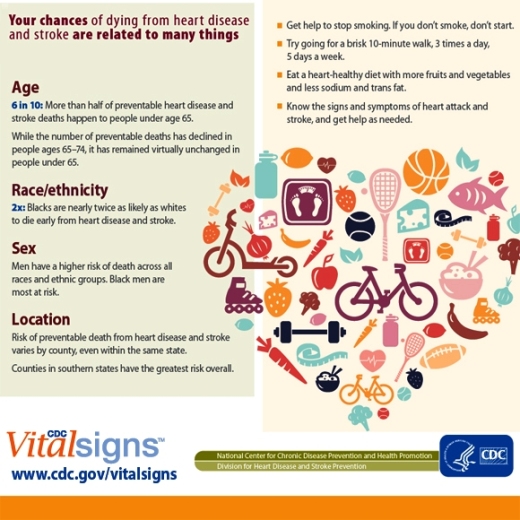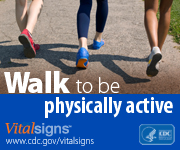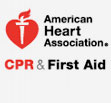USDA Issues Public Health Alert for Certain Foster Farms Chicken Products
/ On Monday, the U.S. Department of Agriculture's (USDA) Food Safety and Inspection Service (FSIS) issued a public health alert due to concerns that illness caused by strains of Salmonella Heidelberg are associated with raw chicken products produced by Foster Farms at three facilities in California.
On Monday, the U.S. Department of Agriculture's (USDA) Food Safety and Inspection Service (FSIS) issued a public health alert due to concerns that illness caused by strains of Salmonella Heidelberg are associated with raw chicken products produced by Foster Farms at three facilities in California.
At this point in the investigation, FSIS is unable to link the illnesses to a specific product and a specific production period. Raw products from the facilities in question bear one of the establishment numbers inside a USDA mark of inspection or elsewhere on the package:
- “P6137”
- “P6137A”
- “P7632”
The products were mainly distributed to retail outlets in California, Oregon and Washington State.
This public health alert is being issued after an estimated 278 illnesses were recently reported in 18 states, predominantly in California. The outbreak is continuing. The investigations indicate that consumption of Foster Farms brand chicken and other brand chicken produced at Foster Farms plants are the likely source of this outbreak of Salmonella Heidelberg infections. Illnesses were linked to Foster Farms brand chicken through epidemiologic, laboratory and traceback investigations conducted by local, state, and federal officials. The Centers for Disease Control and Prevention (CDC) is partnering with state health departments to monitor the outbreak while FSIS continues its investigation.
The investigation is ongoing and FSIS is prepared to take additional actions or expand the investigation based on new evidence.
FSIS reminds consumers to properly handle raw poultry in a manner to prevent contamination from spreading to other foods and food contact surfaces.
FSIS further reminds consumers of the critical importance of following package cooking instructions for frozen or fresh chicken products and general food safety guidelines when handling and preparing any raw meat or poultry. In particular, while cooking instructions may give a specific number of minutes of cooking for each side of the product in order to attain 165 °F in








